No Shortage of Surgical Masks at the Beach
Jan 5, 2022 / GARY STOKES, OCEANS ASIA
During a recent survey trip to the Soko’s islands the OceansAsia team finds masses of surgical masks washing up on the shoreline.
The Soko’s are a small cluster of islands lying off the SW coast of Lantau Island in Hong Kong. OceansAsia is currently carrying out several plastic pollution research projects there due to their remoteness. Twice a month, the team visit the islands to carry out micro-plastic surveys, as well as a more generalized beach trash accumulation analysis and investigations into the composition of the debris, looking for clues as to where it may be originating from. Also in conjunction with SMRU as part of WWF’s Blue Ocean Initiative we are carrying out drone survey work monitoring ocean surface trash.
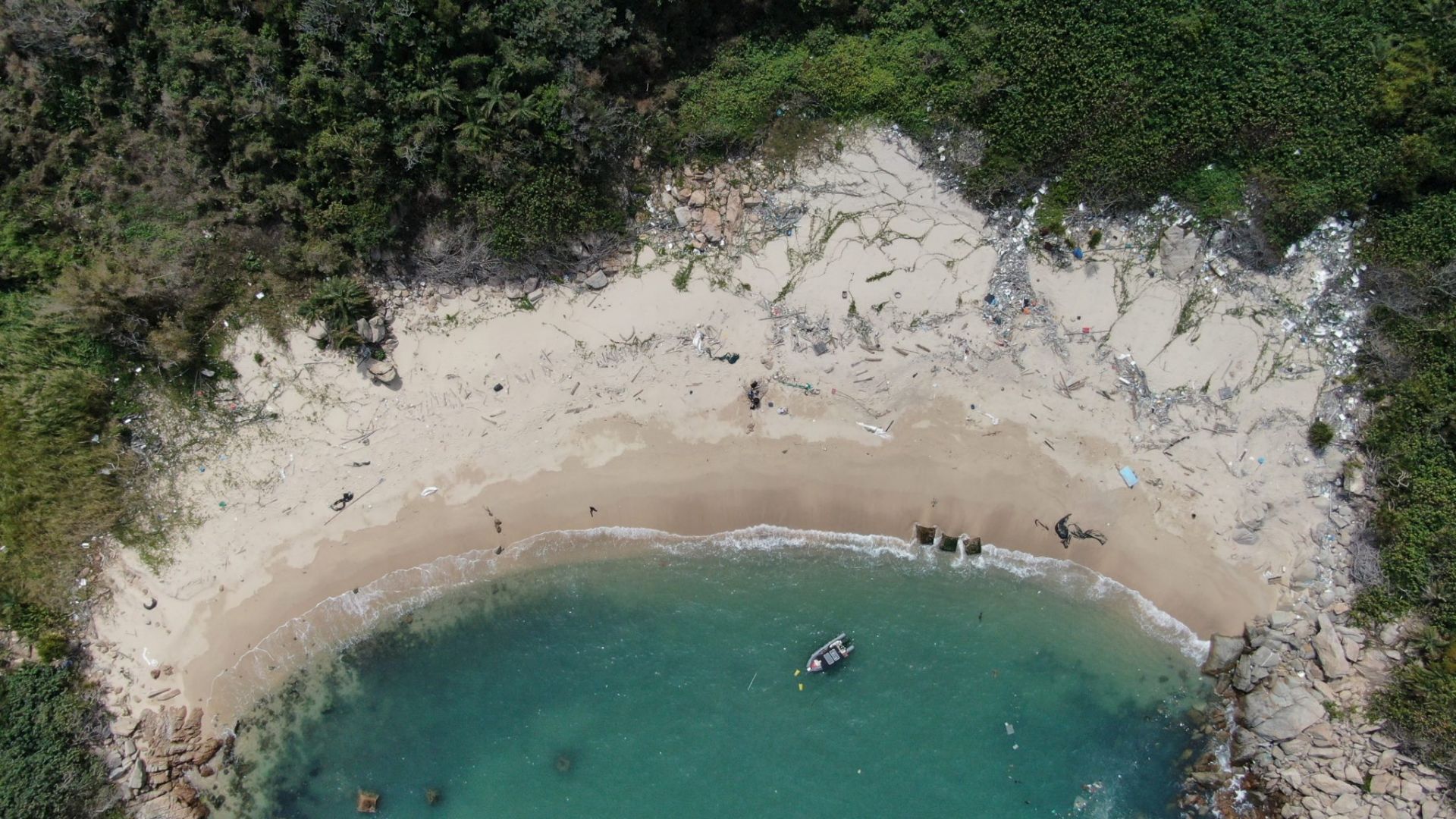
One item that was very noticeable as a new addition to the myriad of marine debris is surgical masks. Over time the team has seen the odd mask here and now, however this time they were all along the high tide line and foreshore with new arrivals coming in on the current. Due to the current COVID-19 corona virus, the general population have all taken the precaution to wear surgical masks. When you suddenly have a population of 7 million people wearing one to two masks per day the amount of trash generated is going to be substantial.
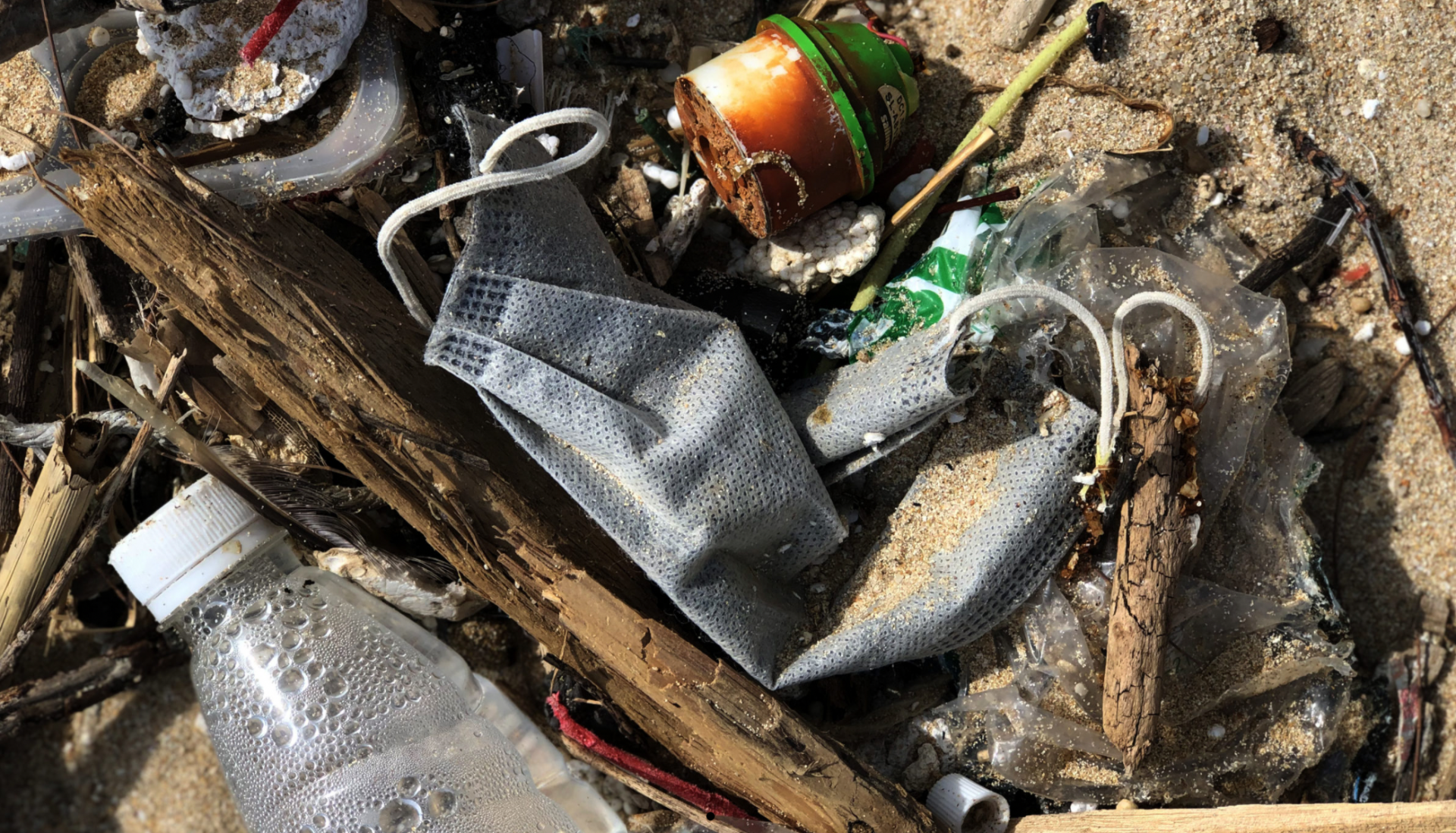
This is done not to assign blame, but rather to help prevent the flow of plastic into our oceans. Masks are quite generic, and so it is hard to identify the precise source of an individual mask. However, we can look at plastic found washed up with the mask. If we can locate the source of one piece of this plastic, a piece with similar characteristics of a single-use plastic mask, we can get a rough idea of a possible starting point of the plastic waste, as it is possible both pieces of plastic travelled the same route. Here looking at similar pieces of plastic, that is plastic with similar characteristic, is important. When an item enters the water, its shape and weight play a significant role in where it will end up. Light, high sided items such as plastic bottles and polystyrene boxes have large exposed surfaces that will be mostly affected by the wind, while heavier items that float lower in the water will be more affected by the current. In the case of masks they likely ended up being blown into the water, but after entering the ocean would largely be affected by current and tidal action with wind only affecting the water’s surface.
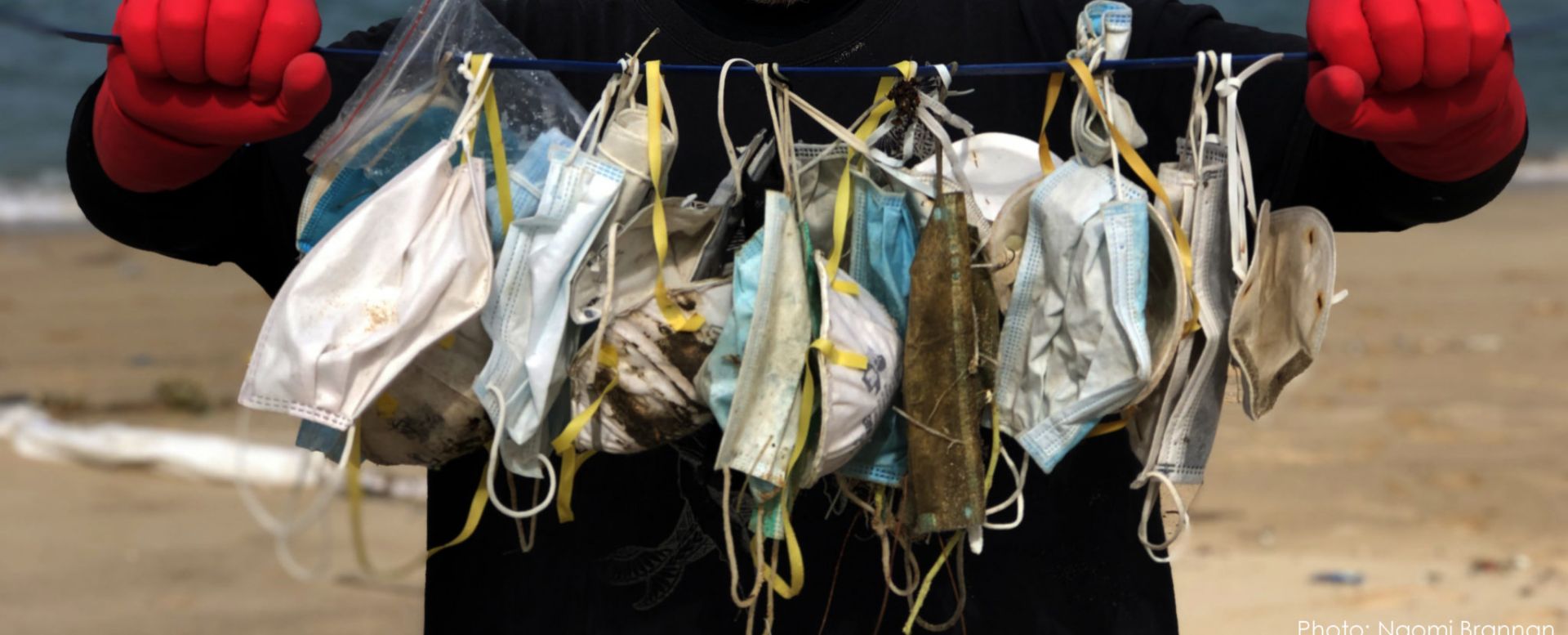
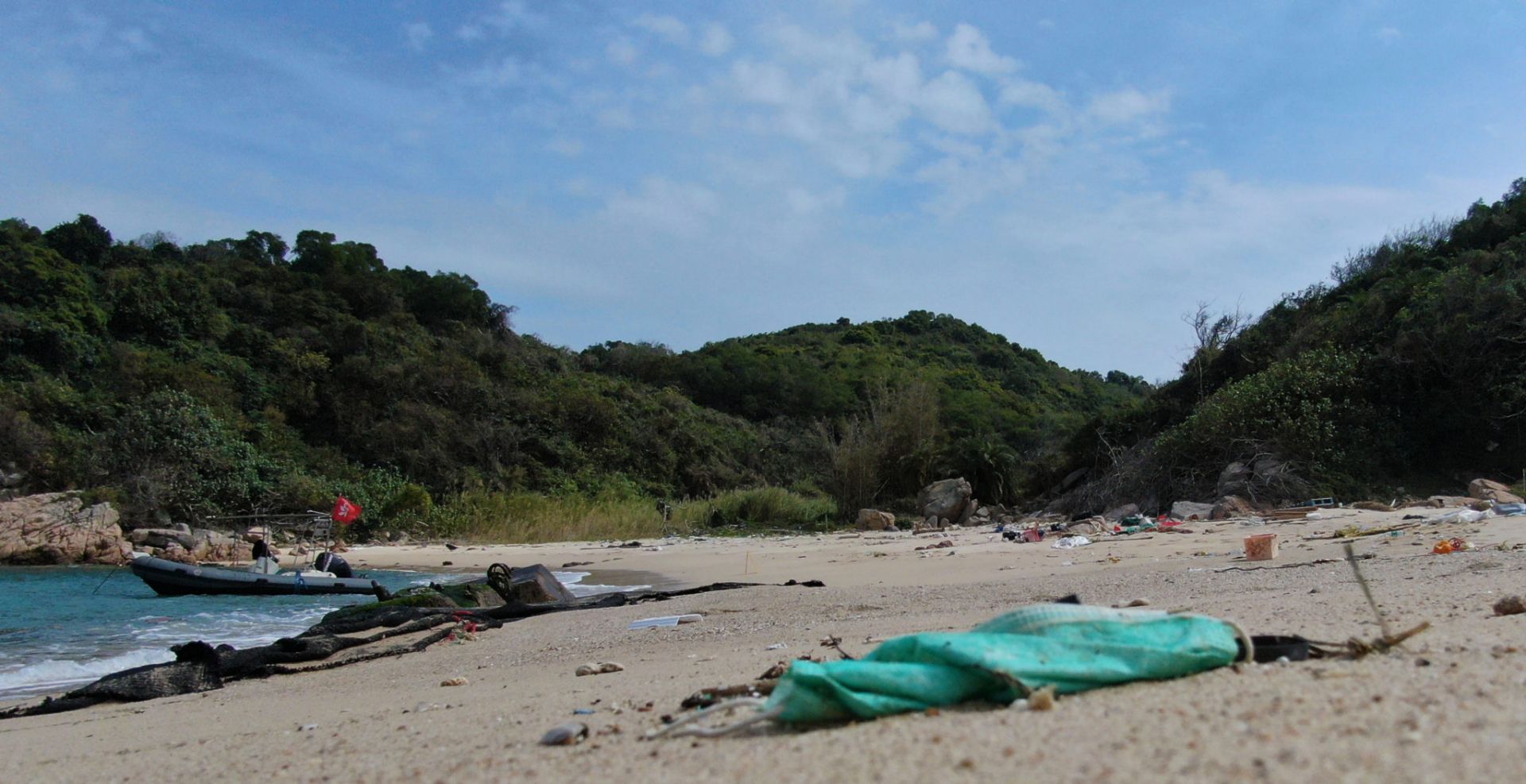
For more information, check out the detailed report here.
You can also read more about this at https://oceansasia.org/covid-19-facemasks/ and https://oceansasia.org/ocean-csi/.
You can also read more about this at https://oceansasia.org/covid-19-facemasks/ and https://oceansasia.org/ocean-csi/.
GARY STOKES
Director of Operations / Co-Founder OceansAsia
Born in the UK, Gary was raised in the Mediterranean, where his love affair with the ocean first formed. He has been living in Asia for the past 31 years where he has worked as a professional photographer and diving instructor. His images have been used in most major news agencies and publications. He became an effective ocean advocate and follows a ‘no-compromise’ approach when it comes to those inflicting harm on the marine ecosystems.
Gary has spent the past twenty years investigating and exposing the shark fin industry, gaining international media coverage as being featuring in both ‘SEASPIRACY’ and more recently Eli Roth’s ‘FIN’. When not exposing the shark fin industry, he can be found investigating shipping routes for transnational wildlife crimes or on a beach analyzing marine debris to better understand the plastic pollution crisis. He has recently been developing OceansAsia’s latest project, Ocean CSI: to enable beachgoers to start investigating the sources of debris with an aim to close down the source. Gary’s work was also featured in the award winning documentary ‘A Plastic Ocean’.
Gary is our lead field operative, conducting investigations around the South East Asia region. Gary has also been invited to present at several leading international conferences such as the International Whaling Convention and CITES as well as with regional governmental agencies.
Marine Plastic Pollution from Face Masks
Watch this lecture to hear more from OceansAsia about the impact of face masks on marine life.
Write your awesome label here.
Write your awesome label here.
Ocean Series
Check out our ocean series to learn more about our oceans and seas with the experts.

